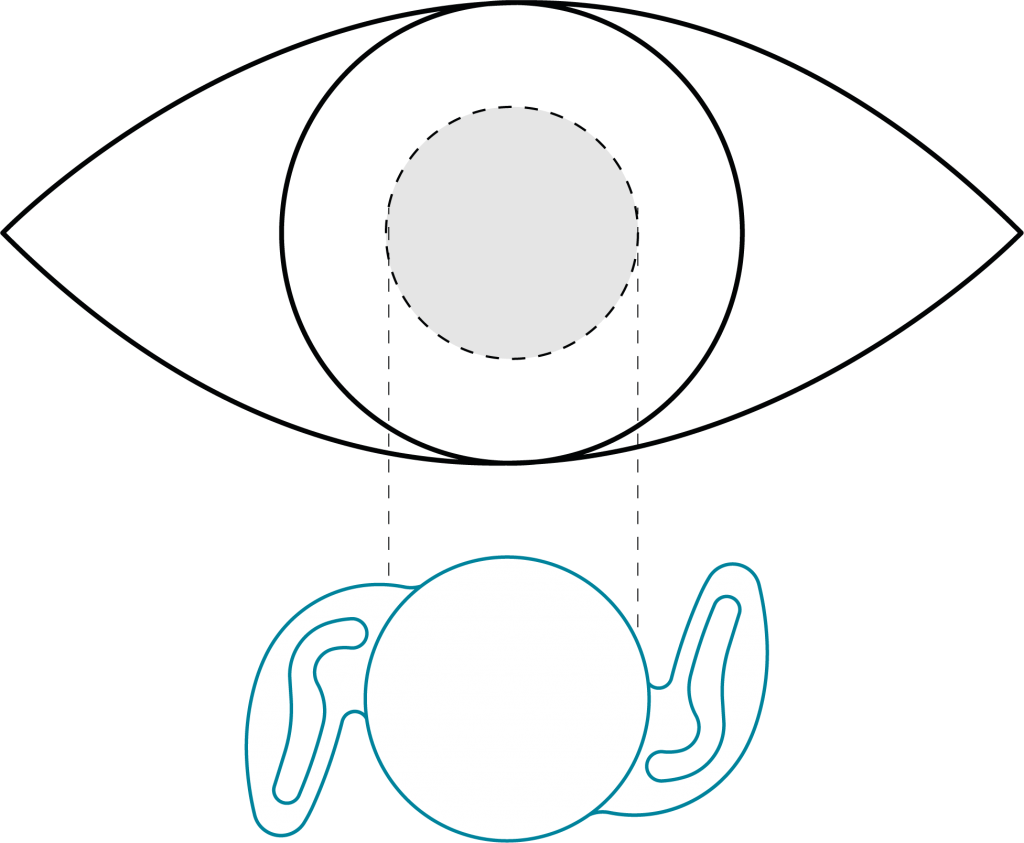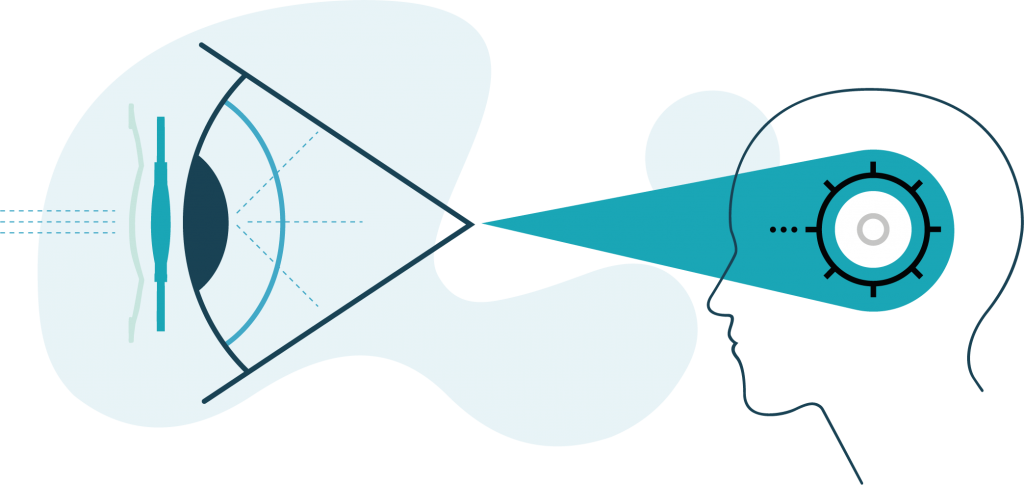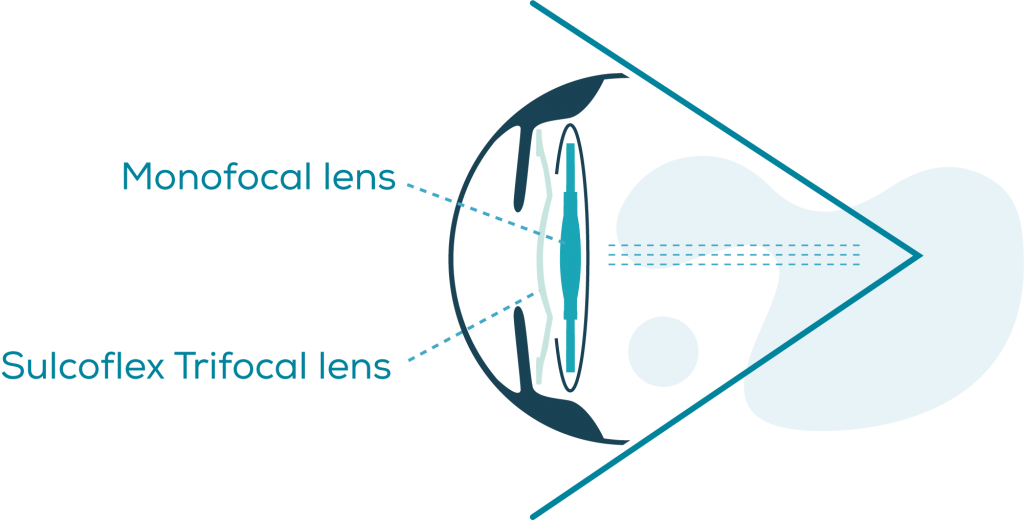
Although the diagnosis of a cataract may not be welcome news, it is actually an opportunity to reduce the need for glasses and permanently improve your vision.
The only way to remove a cataract is through surgery. The eye remains in its natural position whilst the cataract is removed via a surgical method (phacoemulsification) and replaced with a very small intraocular lens (IOL).
Instead of a standard monofocal intraocular lens, which typically restores your distance vision, you can choose to have a single trifocal IOL (for example, Rayner’s RayOne Trifocal) which is designed to provide near, intermediate and distance vision.
After cataract surgery, your brain will have to get used to the way your trifocal IOL processes light. All trifocal lenses split light at different points across their optical surface to give you multiple points of focus at any one time. Your brain will need a little more time to adjust, reinterpret and resolve these images so you see one clear image. This process of adjustment is called ‘neuroadaptation’ and varies from person to person, but usually you will have adjusted within a few weeks.
However, sometimes people struggle with neuroadaptation, and the IOL cannot be easily removed. This is when your surgeon may suggest a Sulcoflex Trifocal DUET procedure.



During your cataract surgery, the natural lens is first replaced with a standard monofocal IOL to give you clear distance vision (typically 6.5ft and beyond). Sulcoflex Trifocal is then placed in front to also bring close-up objects into focus. The two IOLs work together as a flexible solution to restore your vision and reduce the need for glasses.
Because the two lenses are implanted at the same time, there is no need for you to have a second operation. The Sulcoflex Trifocal DUET procedure is as safe and predictable as standard cataract surgery.

The majority of patients are extremely satisfied with their glasses-free vision. If, however, you do not adjust to the trifocal optic then your eye surgeon can simply remove the Sulcoflex Trifocal; if this happens then you will need to wear glasses for near and intermediate activities, such as reading, cooking and using your mobile phone.
If you are interested in having a Sulcoflex Trifocal DUET procedure, please discuss this with your eye surgeon. The Sulcoflex Trifocal DUET procedure is only available from private eye clinics and not the NHS.
– Mr Rakesh Jayaswal, Consultant Ophthalmologist
As with all surgical procedures, the outcomes for a trifocal intraocular lens cannot be guaranteed. It is important to be aware of possible effects on vision after surgery. Please discuss possible risks and side effects with your eye surgeon. Not all patients are suitable for this type of intraocular lens. Your surgeon at the time of consultation will indicate whether this type of lens is suitable for you.
If you have had cataract surgery and suffer from dry eyes then discover our new family of AEON eye drops, designed specifically for use after surgery.
